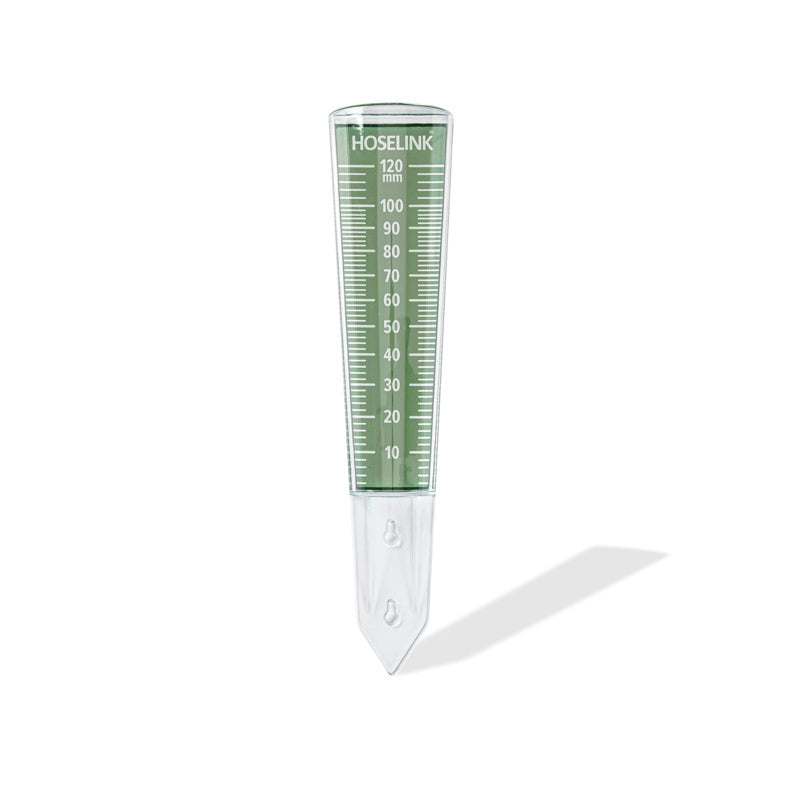Discover the most effective Rain Gauge for Accurate Weather Measurement and Forecasting
Discover the most effective Rain Gauge for Accurate Weather Measurement and Forecasting
Blog Article
Unveiling the Scientific Research Behind Rain Assesses: Just How These Gadgets Play a Critical Duty in Climate Study and Environmental Tracking
Rainfall evaluates, apparently basic tools, hold a profound value in the world of environment study and ecological surveillance. As we peel back the layers of this scientific veil surrounding rainfall assesses, we discover a globe where accuracy, information precision, and careful observation assemble to reveal a deeper understanding of our changing climate and its impact on the world.
Relevance of Rainfall Gauges
Rainfall determines play an important function in tracking and gauging precipitation degrees, supplying important information for environment study and analysis. These devices are fundamental in measuring the quantity of rainfall that happens in a particular area over a specific duration. By gathering and measuring rainwater, rain evaluates offer valuable insights right into the circulation and strength of precipitation, helping meteorologists, hydrologists, and climatologists in comprehending weather condition patterns and patterns.
Among the key factors why rainfall determines are critical is their capability to provide accurate and local data. Unlike satellite or radar-based measurements, which provide wider monitorings, rain determines offer specific information certain to the area where they are put. This localized data is important for various applications, including flood forecasting, drought monitoring, and water source management. In addition, long-term information accumulated from rain assesses aids in examining environment change effects and patterns, adding dramatically to clinical research and decision-making processes. In essence, rainfall determines offer as crucial devices in the area of meteorology and environmental science, playing an essential duty beforehand our understanding of weather and environment characteristics.
Types of Rain Gauges

Functionality and Procedure
In the world of climate study and atmospheric research studies, the performance of rain evaluates lies in their detailed functionality and accurate operational mechanisms. Rainfall gauges are designed to precisely gauge the quantity of precipitation that tips over a details area throughout a collection period. These gadgets commonly contain a funnel that collects rain and networks it right into a determining tube. The measuring tube is marked with adjusted measurements that enable the specific metrology of rainfall.
The capability of rainfall gauges is based upon the principle of measuring and collecting rain in a standardized way. This gathered information is essential read the full info here for understanding neighborhood weather condition patterns, tracking lasting climate trends, and assessing ecological influences. To ensure exact measurements, rain determines demand to be strategically positioned in open locations far from blockages such as structures or trees that can conflict with the collection process.
The operational facet of rainfall evaluates entails normal upkeep to stop particles buildup, calibration checks to keep measurement accuracy, and data taping for evaluation (rain gauge). Overall, the functionality and operation of rainfall gauges are crucial for gathering reputable rainfall information essential to environment study and ecological surveillance
Duty in Environment Research Study
Given the vital relevance of precise rainfall dimensions in recognizing weather condition patterns and environmental influences, the duty of rain gauges in climate study is crucial. Rainfall assesses offer essential information for climate research study by evaluating the amount of rainfall that tips over a details area throughout a given period. This data is crucial for keeping an eye visit here on long-lasting trends in rainfall patterns, assessing the effect of climate adjustment on rains distribution, and boosting climate models.

Climate scientists use information gathered from rain gauges to analyze variations in rainfall degrees, determine local climate patterns, and evaluate the performance of water source management strategies. By contrasting historical rainfall data with current dimensions, scientists can find shifts in precipitation patterns, such as changes in the frequency or strength of rainfall occasions. This details is crucial for recognizing how climate adjustment is influencing rainfall dynamics and can assist policymakers make educated choices relating to adjustment and reduction approaches.
Applications in Ecological Surveillance

In flooding projecting, rainfall gauge information helps to track rainfall intensity and circulation, permitting authorities to provide prompt cautions and take essential measures to alleviate flood dangers (rain gauge). Drought surveillance depends on rainfall gauge information to examine dampness degrees in the dirt and track precipitation shortages, helping in the identification of drought-prone locations and the implementation of drought reaction strategies
In addition, rain gauge information plays a vital function in water resource monitoring by giving information on water availability and usage patterns. In addition, in agriculture, rain scale information assists farmers in enhancing irrigation timetables, plant choice, and overall farm administration techniques based on local precipitation patterns.
Final Thought
Finally, rainfall gauges are vital tools for gauging precipitation, supplying useful information for climate study and ecological monitoring. With different kinds and capabilities, rain gauges play an essential function in recognizing precipitation patterns and their effect on the environment. By precisely measuring rains, these tools add to the advancement of scientific understanding and aid in making informed decisions associated to water source monitoring and calamity preparedness.
Rain assesses play an important role in tracking and determining rainfall levels, providing vital data for environment research study and evaluation. The standard rainfall gauge, known as the "tipping pail" scale, is one of the most frequently utilized tools. Ultrasonic rainfall assesses usage sound waves to identify the existence of rain, providing real-time information on precipitation degrees.Environment scientists use information accumulated from rain gauges to assess variants in rainfall levels, recognize local climate trends, and assess the performance of water resource management techniques.In verdict, rainfall assesses are crucial tools for measuring rainfall, giving useful data for environment research study and ecological monitoring.
Report this page